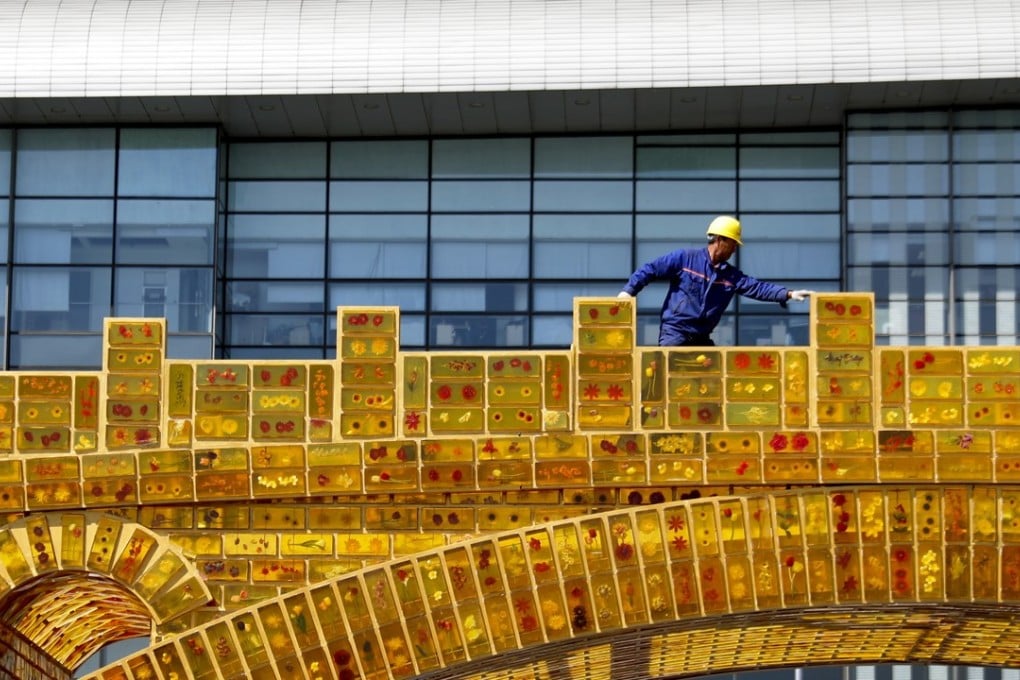The View | Trump’s infrastructure dream for the Indo-Pacific lacks one crucial element – money
Anthony Rowley says the US’ recently launched Indo-Pacific Business Forum pales in comparison to China’s Belt and Road Initiative because of its lack of funding and vague institutional structure

Washington’s initiative aims at marshalling US and other public and private investment into Asian energy, infrastructure and digital economy projects, and is an attempt to reassert the primacy of private enterprise over (China-style) state capitalism. However, securing sufficient resources to finance the programme is likely to prove highly problematical.
By contrast, governments in most market economies have relatively fewer funds at their disposal for infrastructure finance. And while private institutional investors in these countries hold an estimated US$120 trillion of savings, the risk-reward ratio of infrastructure investment is not perceived as attractive by pension funds, insurance companies and the like.
